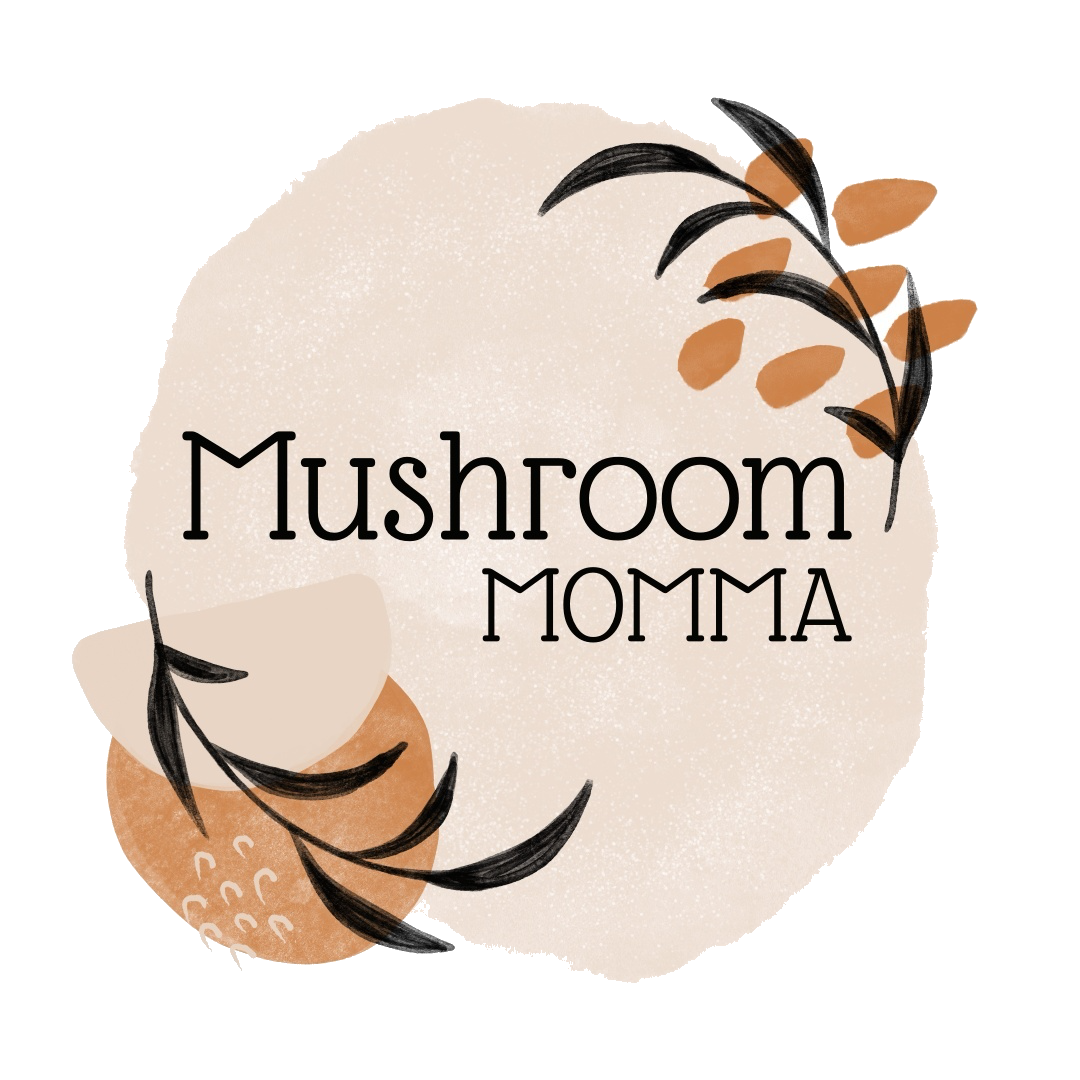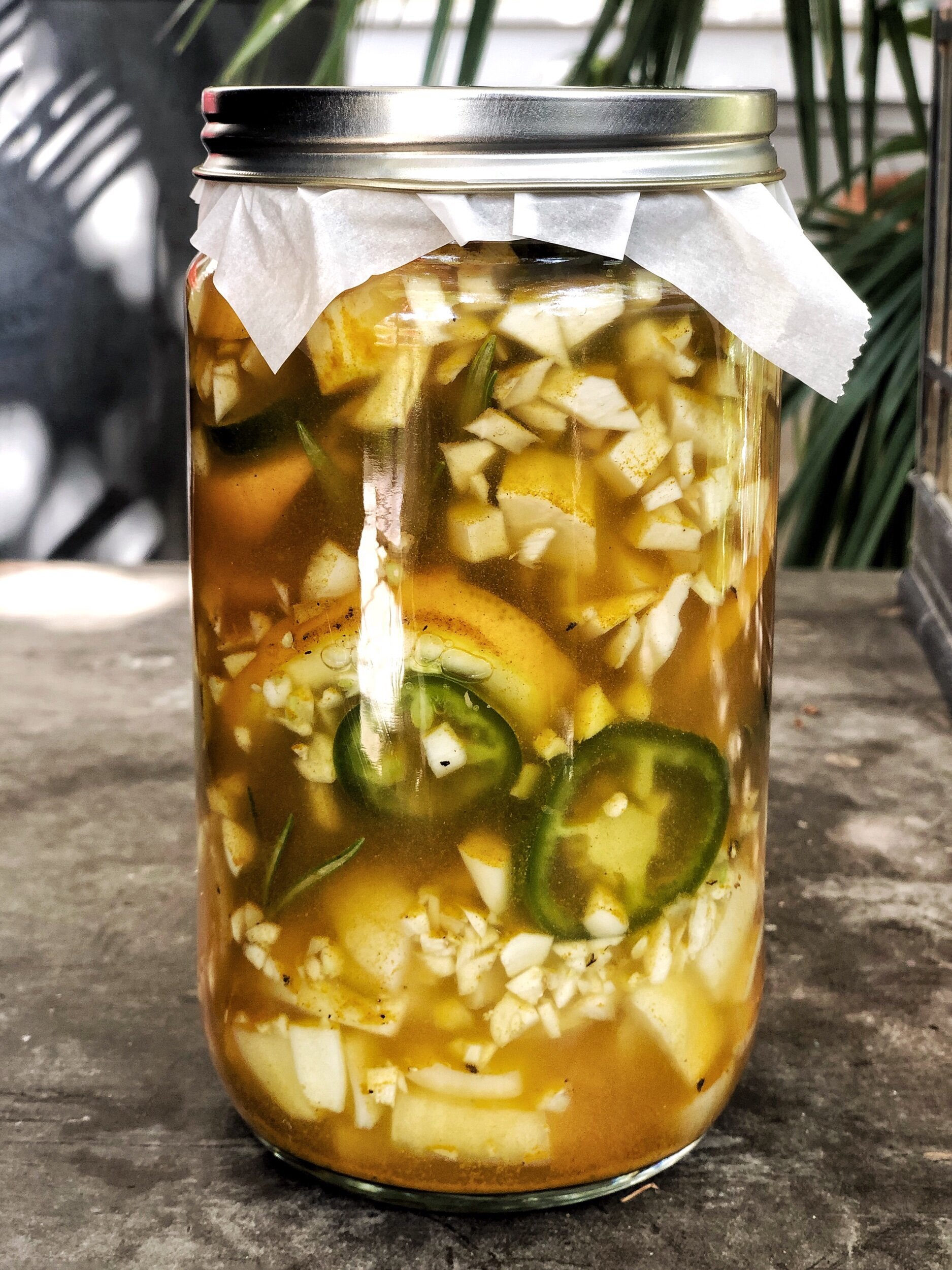Natural Dyed Easter Eggs

This post may contain some affiliate links. For more information, visit my disclosure page.
Easter is on the way, and with Easter comes the traditional egg dying. Where did the whole egg thing come from in the first place, and why are bunnies laying eggs? Although Easter is a Christian holiday, the custom of Easter Eggs most likely originated from Paganism. Paganism celebrates the return of spring, and it’s victory over winter in a custom called Easter Fire. Both the egg and rabbit are both Pagan symbols of fertility. Ancient rituals of coloring and eating eggs during Spring Festival is also outlined in ancient Pagan, Egyptian, and Persian traditions. The Church adopted the observance into the Easter ceremonies and to the resurrection.
Where ever the tradition of egg dying came from, it is still enjoyable none-the-less, and a fun experimental science experiment to enjoy with or without kids! I tend to enjoy the aesthetic of natural colors, so a few years ago I decided to take hand at dying eggs with natural resources. Traditionally, the use of dyes were all made from nature, and my son and I set off to find which herbs and plants create vibrant colors. Full disclosure, these pictures were taken 4 years ago, and are not the best quality!
Let’s get to dying eggs! First you need to make all the dyes.
The ingredients for making natural dye. Yellow onion peel, beets, coffee grounds, turmeric, and purple cabbage.
What you’ll need:
Panty hose
Rubber bands or yarn
Leaves, flowers, and feathers
5-6 yellow onion peels
1/8 C turmeric
2 beets
1/2 purple cabbage
3 C brewed coffee
White vinegar
5 bowls- I used Tupperware with lids to reduce the possibility of spills.
Ready on the stove- preparing the dyes.
Make the Dyes
Yellow:
1/8 C turmeric
3 C water
1 Tb vinegar
Combine all the ingredients and heat on the stove until blended, about 5 minutes. Transfer into a bowl.
Purple:
2 beets, chopped
3 C water
1 Tb vinegar
Combine all the ingredients and heat to boiling, simmer for 30 minutes until the water becomes deep purple-red. Strain into a bowl.
Blue:
1/2 purple cabbage, chopped
3 C water
1 Tb vinegar
Combine all the ingredients and heat to boiling, simmer for 30 minutes until the water becomes deep purple. Strain into a bowl. When the eggs are placed and set in the dye, they turn blue.
Completed dyes- turmeric, coffee, beet, cabbage, and yellow onion peels.
Rust:
Peels of 5-6 onions
3 C water
1 Tb vinegar
Combine all the ingredients and heat to boiling, simmer for 30 minutes until the water becomes a deep brown. Strain into a bowl.
Brown:
3 C brewed coffee (1 Tb ground coffee beans plus 3 C water)
1 Tb vinegar
Brew coffee as normal- or combine ground coffee beans and water on the stove and heat for about 5 minutes, add in vinegar. Transfer or strain into a bowl.
While the dyes cool, you can prepare the eggs.
Preparing the Eggs
All of the foraged items to decorate the eggs with.
Next it is time to prepare the eggs. Forage for anything from nature. We found leaves, flowers, and even some feathers.
My son enjoyed this part, and excitedly found most of the items we used.
All of the eggs ready for dye.
Time to prepare the eggs to dye. First decide- blow, hard boil, or leave raw? I like to leave them raw. Over time, the inside of the egg eventually dries up, and you could potentially keep these beauties forever! Just keep in mind they are a little more fragile when they are not cooked. Blowing out the inside by making two pinholes also preserves them, but you risk potentially damaging them, plus they float while you’re trying to dye them. Boiling them is a great option if you plan to eat them later! They make beautiful decor at a spring set table.
Cut the panty hose into small pieces, large enough to stretch over an egg. Place a 1-2 of the foraged items around the egg, and then tightly stretch the panty hose around the egg. Tie it closed with either a rubber band or a piece of yarn. Repeat with all of the eggs, see what designs you can create! I used a mix of some brown eggs with white to make different color combinations with the dye.
Aren’t they cute?? I almost wished I could just leave them like this!
So cute! Wrapped and ready.
Finally dye time!
Dunk each egg into the dye, if you used Tupperware, close it off with a lid. Natural dyes take longer to become a deep, dark, color, so let them sit from 1 hour up to 24 depending how dark you want the colors. I let mine sit about 3 hours.
Once they’ve sat, carefully take them out and cut open the panty hose. Rinse with water, and enjoy your beautiful creations! Which was your favorite? Mine was the vibrant rust of the onion peel, and the bright blue from the cabbage!
Clockwise from the top: Coffee, cabbage, cabbage, turmeric, onion peel, beets, onion peels.














